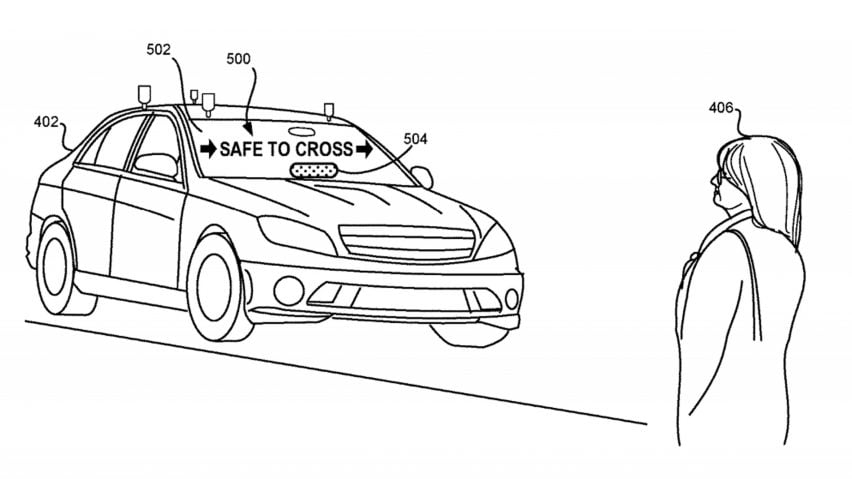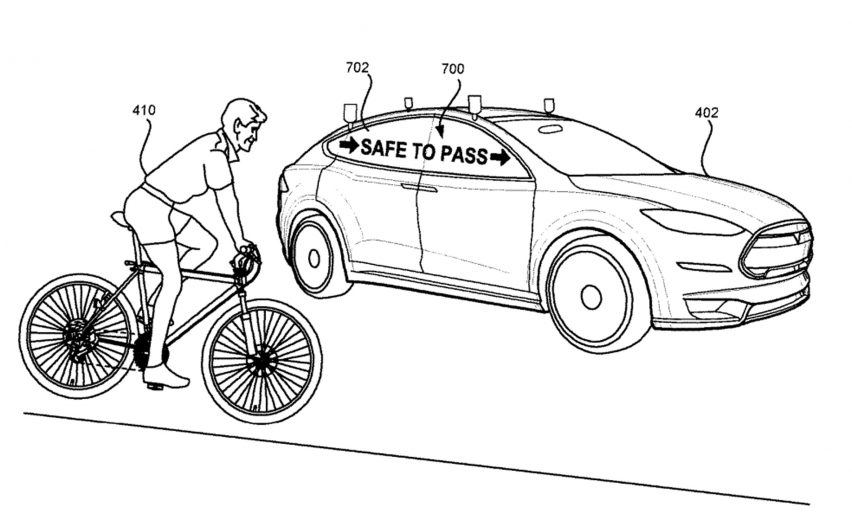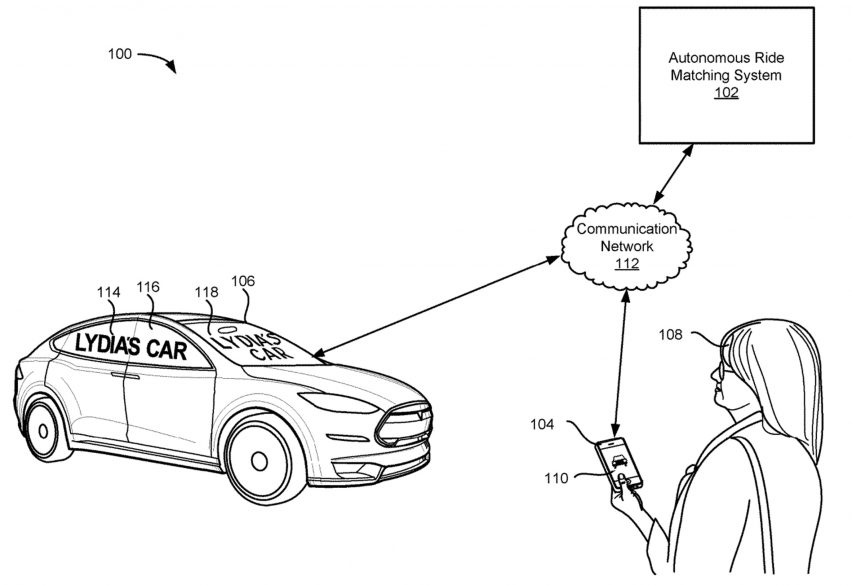
Lyft patents notification system for self-driving cars to communicate with pedestrians
Autonomous vehicles could flash messages signalling their next move to nearby humans, using a system patented by US transportation company Lyft.
The United States Patent and Trademark Office granted Lyft a patent this week for a notification system enabling self-driving cars to communicate with pedestrians, cyclists and drivers sharing the road.
The system would see the windows of the vehicles turned into screens for written messages such as "safe to cross", "safe to pass", "yielding" and "warning turning left/right".
Lyft's idea – which the company has given no indication it intends to develop further at this stage – comes at a time when tech companies are grappling with the issue of how to enable the transition to autonomous vehicles.
"Drivers and pedestrians are accustomed to interacting in particular ways," said Lyft in its patent application. "Removing a driver from some vehicles can lead to uncertainty and miscommunication."

Lyft's system would use sensors to identify objects on and near the road, and work out the direction and nature of their movement.
Software would then calculate the right message to display on the vehicle, and where, given the context of the current surroundings.
Lyft uses the windows and windshields as examples of where the messages might display, suggesting there could be a projector or translucent screen on each one.
In addition, the company imagines that messages might also be communicated directly between vehicles assuming they are connected by a network.
As befitting an on-demand taxi service – still Lyft's primary business, although the company has shown signs it is broadening to multimodal transport – the car could also display a passenger's name to enable easy pick-up.

The problem of communication between driverless cars and the people moving around them is a hot topic in vehicle design. Earlier this year, Jaguar Land Rover tested out cars with eyes in an attempt to replicate the looks that typically pass between human drivers and pedestrians at crosswalks.
In October, the Ford Motor Company put out a call for automakers to come together to develop a standardised language for self-driving cars to communicate intent.
"The idea that pedestrians, cyclists and scooter users should change their behaviour to accommodate self-driving cars couldn't be further from our vision of how this technology should be integrated," said Ford technical specialist John Shutko at the time.
"It's why we've been hard at work developing an interface we believe will help self-driving vehicles seamlessly integrate with other road users."